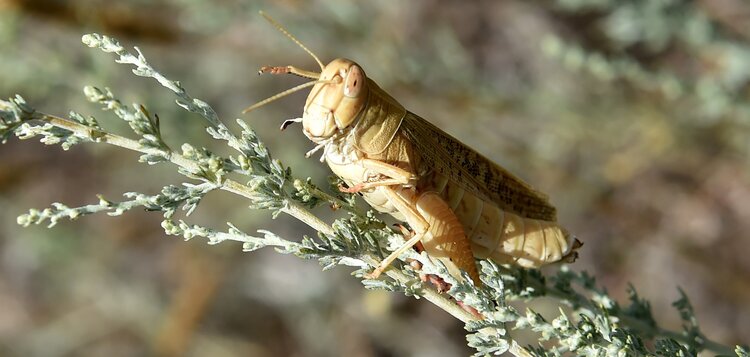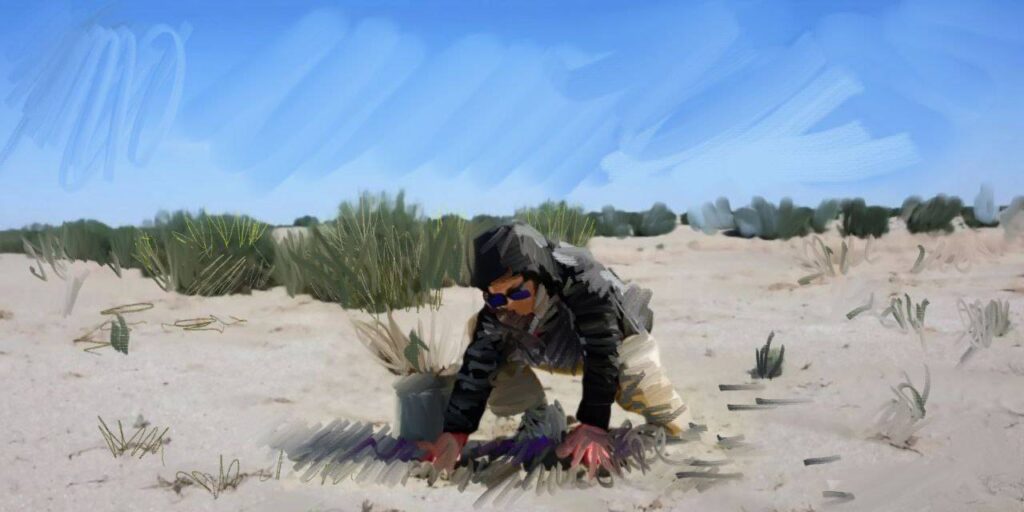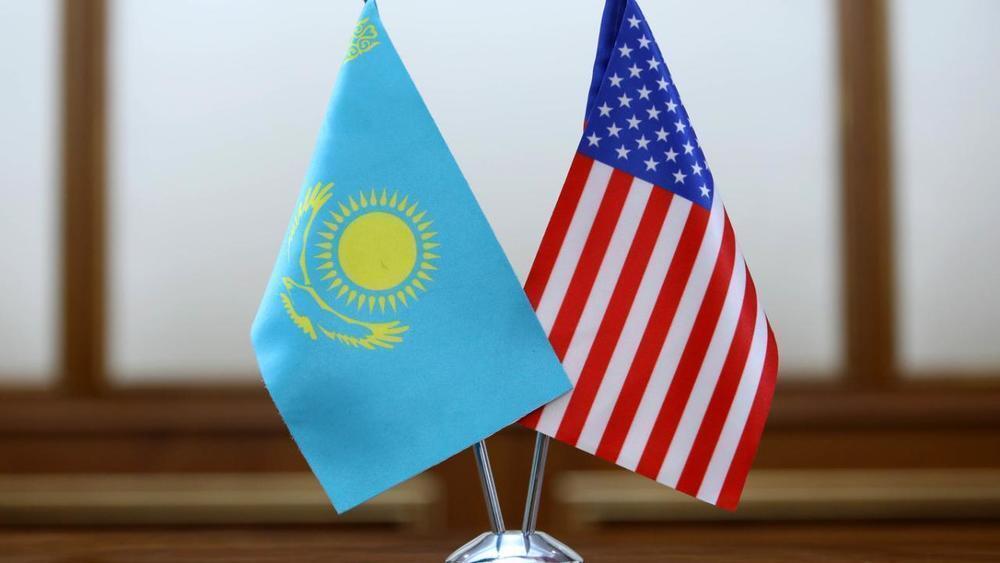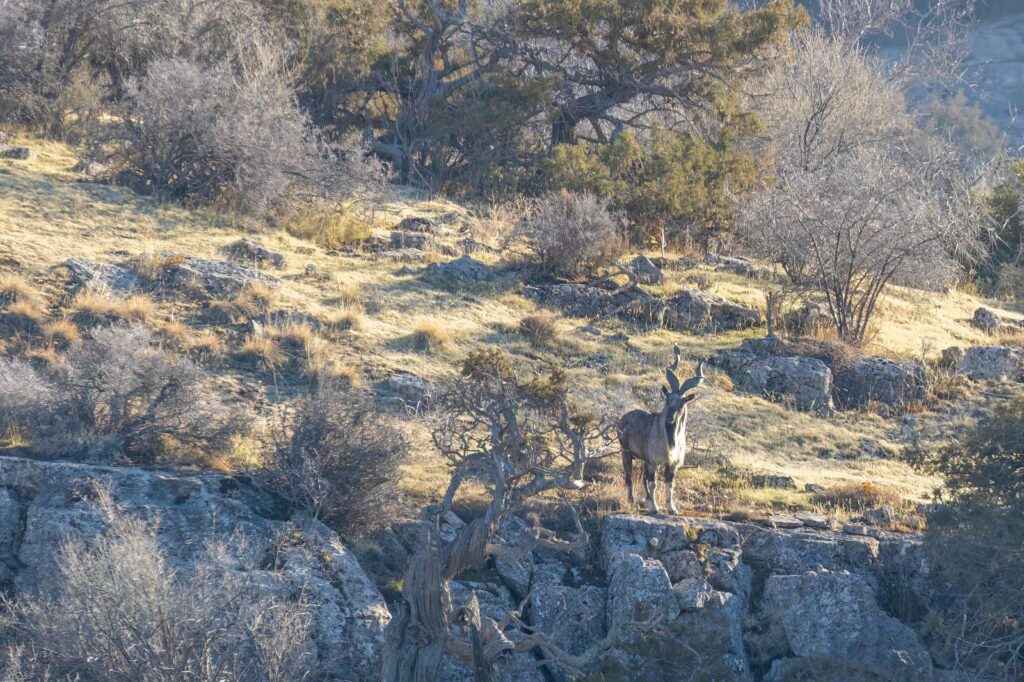Kazakhstan has allocated an additional $8.9m to protect the country’s crops and people from locust swarms. The money will be spent on chemical treatments to stop the short-horned grasshoppers from damaging pastures and destroying crops, as well as to prevent the swarms from migrating to neighboring countries, the government said on January 31st.
Kazakhstan has seen a drastic increase in the area of agricultural land hit by locusts, from 514,000 hectares in 2020 to 1.6 million hectares in 2023. The years 2023 and 2024 will be the peak of an 11-year locust cycle in the country; the government forecasts that 2.5 million hectares will be affected this year.
According to the UN’s Food and Agriculture Organization, locust outbreaks are a severe threat to agriculture in the South Caucasus and Central Asia, with more than 25 million hectares and 20 million people in the region vulnerable to damage done by the migratory pests. Locusts multiply, form groups, and migrate over relatively large distances — they can fly up to 100km per day, settle and breed in various habitats, and are highly adaptable to the impact of climate change.









